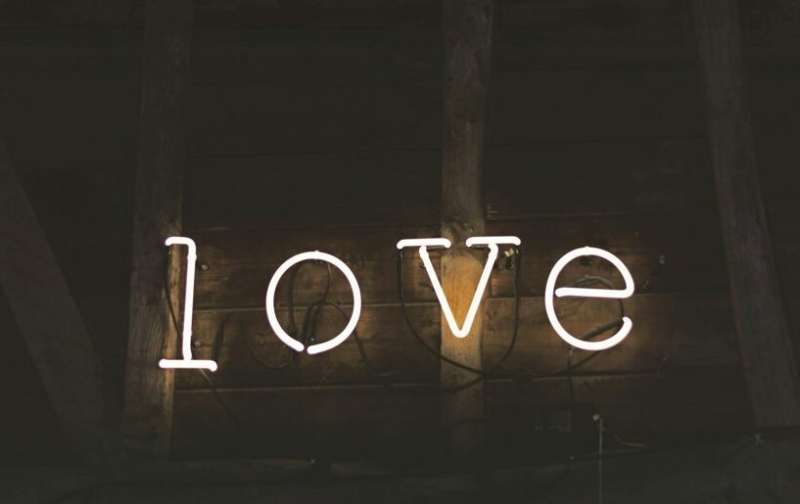The 'romantic' advertising tricks that give you unrealistic expectations of love

lThe run up to February 14 is a good time for selling certain products. And alongside the jewelry and flowers, advertisers also try to sell us something broader: a notion of what we should consider romantic.
This might involve an idyllic and perfectly filmed holiday destination, or the casting of a glamorous Hollywood star to represent a particular perfume. For research has shown that advertising can of what love should look like—from the perfect partner to the things we should buy for them.
It's become a familiar tactic for all kinds of advertising. And it fits with an by the French literary theorist Roland Barthes in his 1957 collection of essays, Mythologies: that if a message is repeated enough, it becomes true.
Advertisers seem to have embraced this notion, and we see the same kind of messages repeated year after year, telling potential customers what they should aspire to—and invest in—to achieve their best and most romanticized ideals.
Whether those ideals are realistic or not is not the goal here. Advertising generates money for brands by creating a commercially driven view of what love should look like.
There are available to advertisers to shape those expectations. Emotional appeals, for example, try to evoke feelings of passion and desire.
did this effectively in a simple video which tells a love story through the medium of an online search tool.
To connect with consumers, some to elicit a positive emotional response, like the men's body shaver company which to sell its product.
These with specific products or experiences in order to persuade consumer to buy.
is a different advertising approach which involves relaying a specific message about what consumers can achieve if they turn to a particular brand. You too can be happy if you drink coffee with your new partner at a local branch for example.
This kind of marketing is designed to appeal to people's need for . It is advertising which implies that using certain products will lead to a fulfilling romantic life, and that your partner will really love you if you buy them a Toblerone this Valentine's Day.
is a method which focuses on creating personalized campaigns for specific audiences. This strategy has become more common as we spend more time online, providing big tech with plenty of data about our likes and dislikes.
And with online dating , targeted marketing is applied through apps like Tinder and Hinge, which are able to provide valuable insights into users' preferences, enabling advertisers to tailor their messages to .
Match up
Marketing can also apply pressure to consumers to purchase gifts or experiences as a way of demonstrating affection. This could be anything from a box of chocolates to an engagement ring.
And who came up with the idea that one of those rings should cost the proposer the equivalent of two months' salary? It was the jewelry company, De Beers.
In fact, it was only after the company's 1947 advertising campaign with the slogan "A diamond is forever", that diamond rings at all.
But depictions of diamonds and perfect lifestyles can lead to feelings of inadequacy or low self-esteem when people compare themselves to idealized portrayals in the media. Research suggests that how we process these romantic ideals is affected by our own —t³ó±ð that we learn as children and carry into our adult relationships.
Feelings of inadequacy have also inspired Valentine's Day celebrations. For instance, an Indian chocolate bar created a campaign to using the assumption that as soon as uncles join a trend, such as celebrating February 14th, it becomes instantly unfashionable—and Generation Z runs for the hills.
Another harmful effect of advertising romance is how young people's perception of relationships is shaped by promoting unrealistic lifestyles, and . These kinds of branded messages are being delivered to romantic consumers of all ages as the battle for their money and time continues.
Advertisers want you to buy their products. And to make this happen, they also want you to buy into fabricated expectations of romantic love—through repetition, strategy and a familiar date in February.
Provided by The Conversation
This article is republished from under a Creative Commons license. Read the .![]()



















